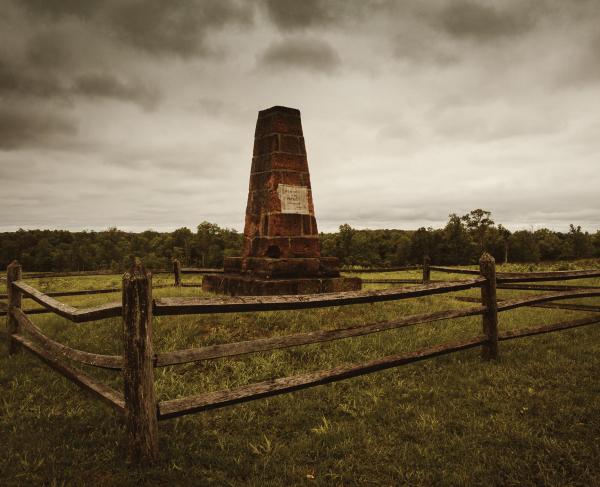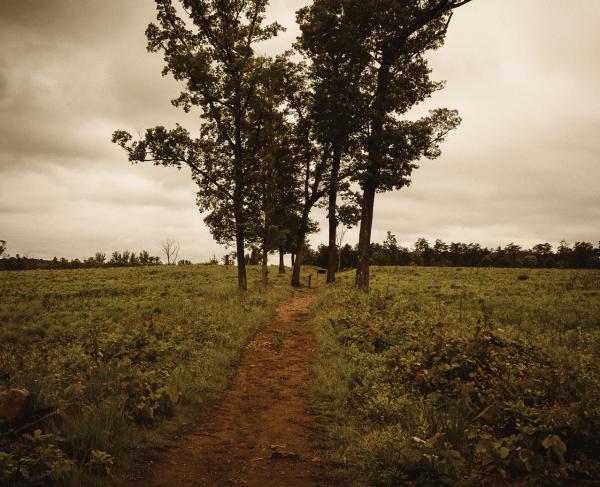Book: Second Manassas
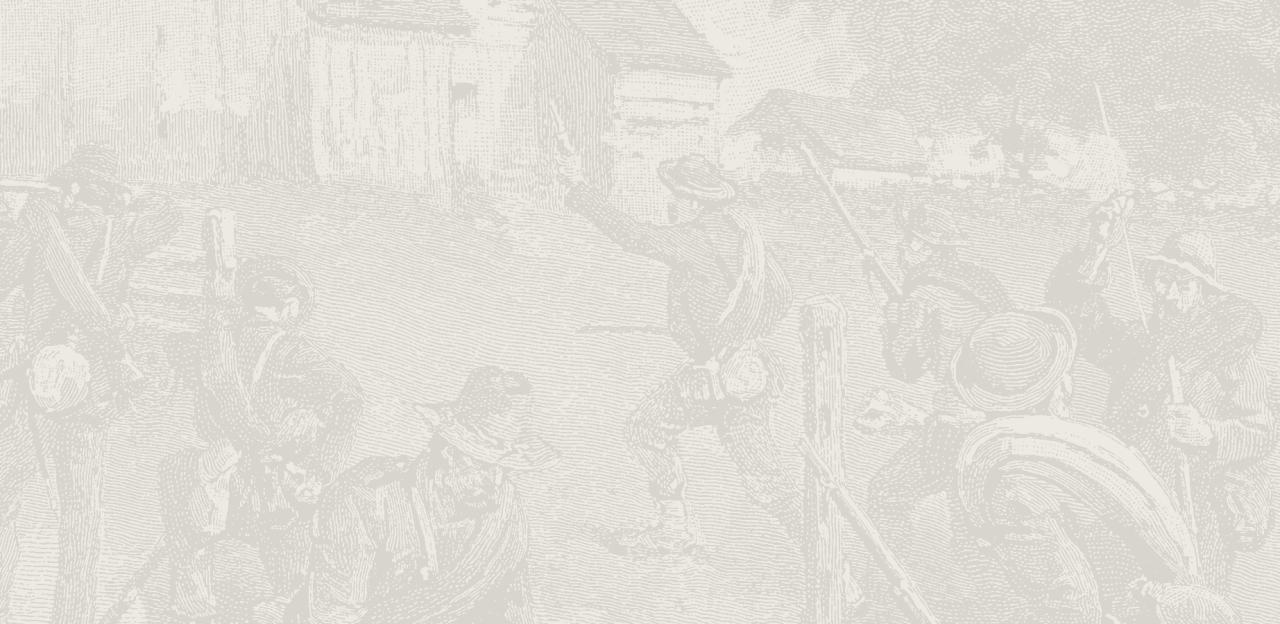
The Civil War Trust recently had the chance to sit down with Scott Patchan, author of a new book Second Manassas: Longstreet's Attack and the Struggle for Chinn Ridge. This new book expertly describes and analyzes this important attack and brings to life many of the key figures involved in this momentous battle.

Civil War Trust: After writing a number of great books on the Civil War in the Shenandoah, what attracted you to the Battle of Second Manassas as a subject?
Scott Patchan: Living in Centreville and Haymarket, Va. for most of the time since 1988, Manassas Battlefield was a place where I have spent uncountable hours hiking many seldom seen areas of Manassas Battlefield. John Hennessy's Second Manassas Map Study with its maps and original source material provided me with a fantastic guide to the battlefield and his Return to Bull Run is one of my all time favorite Civil War books. This project actually began in the late nineties, but it got sidetracked for a while and has now been finalized. At some point in the not too distant future, I will write a tactical history of August 29, 1862, focusing on Stonewall Jackson's defense of the Railroad Cut.;
Set the strategic stage for us. How were the Confederate and Union armies situated before the great Confederate assault on August 30?
SP: Lee had his army situated astride the Warrenton Turnpike and had just repulsed Maj. Gen. Fitz-John Porter's attack against Stonewall Jackson's Corps at the Deep Cut. All of Pope's army with the exception of Gen. John Reynolds' Pennsylvania Reserve Division, Col. Nathaniel McClean's Ohio brigade, and Col. G. K. Warren's small Zouave brigade were north of the Warrenton Turnpike. However, when McDowell saw Porter's repulse and subsequent retreat, he transferred Reynolds' Pennsylvanians to the north side as well, leaving less than 3,000 Union infantry to confront Longstreet's three divisions south of the pike. If you look at the CWT Second Manassas Map, the large patch of blue clearly shows how Pope massed his troops north of the road, leaving his left wing nearly bare. It was a golden opportunity for Lee.
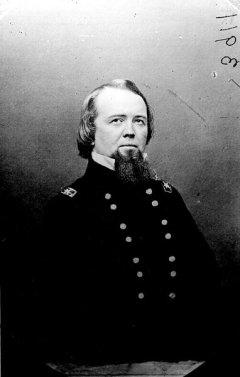
Many have described Maj. Gen. John Pope as singularly focused on the destruction of Jackson's corps. Why didn't Pope recognize the growing threat to his left?
SP: Pope fell into the mental trap of believing that his opponent was doing what Pope wanted him to do. In this case, Pope latched onto all reports that indicated that the Confederates were retreating and ignoring strong evidence that Lee was still in place. I believe also that Pope did not trust some of the messengers such as Fitz John Porter and Reynolds because they had been with McClellan on the Peninsula. Even though they dutifully tried to convince Pope of Longstreet's presence on Pope's left. The irony is that Porter was court-martialed and cashiered from the army because of his role at Second Manassas. Pope tried to portray Porter as sabotaging Pope's efforts. If Porter really had wanted to see Pope fail, he would not have warned him about Longstreet's presence
As Longstreet amassed his forces for the August 30th assault, what sort of topography did his forces face?
SP: His troops were moving forward across rolling agricultural terrain with their biggest natural obstacle being Young's Branch, which cut a deep ravine in the battlefield and had a long ascent toward the crest of Chinn Ridge. A lot of the ground on this slope was overgrown with shrubs and small pines, but the southern portion did contain a sizable hardwood forest. However, immediately in front of the Union position on Chinn Ridge the ground was wide open, as it was atop the ridge, which accounted for the very heavy casualties on both sides.
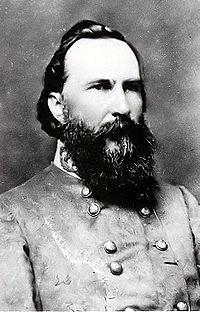
During the mid afternoon of the 30th, the Union army had launched a massive attack against Jackson's forces in the Railroad Cut. How did this failed assault impact Confederate thinking that day?
SP: Robert E. Lee had already ordered Longstreet to have his troops ready to launch a reconnaissance in force even before Porter's attack. When the attack failed, Longstreet saw the opportunity that existed on the battlefield and instantly turned the planned recon into an all out attack.
On the Union side, McDowell panicked and moved an entire Union division from the south side of the Warrenton Turnpike to the north because he believed that they were needed after the repulse. In reality, he opened the door for Longstreet's attack. We can't fault Pope for the removal of those troops from Chinn Ridge. Bull Run certainly had some bad karma for McDowell.
Tell us more about the Union defenders holding the far left of the line. Were they prepared for Longstreet's attack? Did they have a chance?
SP: They were prepared in that Warren's brigade and McLean's brigade were in line of battle waiting to receive this massive attack, but their numbers were so small that they couldn't hope to do more than buy time for Pope and his generals to assemble a rear guard and prevent the army from being cut-off from the Bull Run Bridge and the road to Centreville. Warren never had a chance; his command was simply too small and was quickly overpowered.
One of the biggest ironies is that it is almost happenstance that McLean and Warren end up in front of Longstreet. Warren, on his own volition, went to support an isolated battery south of the Warrenton Turnpike. Pope allowed Franz Sigel to send McLean to Chinn Ridge and reinforce Reynolds earlier in the day after being pestered by so many officers worrying about the left. When McDowell pulled Reynolds' division off Chinn Ridge, the Union troops lost any real opportunity off holding that position.
McLean had the benefit of the Texas brigade striking him piecemeal and the support of Union artillery both on both Chinn Ridge and Dogan Ridge north of the Warrenton Turnpike. This artillery played a key role in preventing Longstreet from fully succeeding.
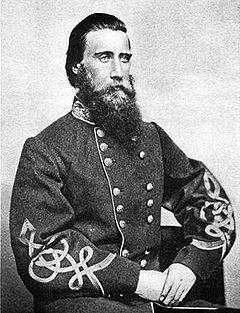
In your description of Longstreet's assault you describe how Hood's Brigade surged ahead of the attack, breaking the cohesion of the Confederate attack. What impact did the Texans have on the assault?
SP: First, let's not forgot the Hampton Legion of South Carolina and the 18h Georgia or 3rd Texas as their comrades from the Lone Star State occasionally called it were also part of Hood's Brigade. From a tactical perspective, this brigade made one of their trademark hard hitting attacks, eviscerating Warren's Zouaves and then routing a brigade of Pennsylvanians that McDowell managed to throw in front of Hood at the last moment. They also captured Kerns Pennsylvania battery as well. The 5th Texas in particular was prolific in Longstreet's attack, ending the fight on the most advanced line of the Confederate forces but at a heavy cost of fifteen killed and 245 wounded. As a whole, brigade had trouble coordinating the actions of all five of its regiments throughout the battle. In fact, the 1st Texas never really gets engaged on August 30.
Your book describes many great heroic acts on the part of the outnumbered Federals on Chinn Ridge. Did any of those stories impact you more than the others?
SP: As the father of three children, Lt. Colonel Joseph "Colonel Joe" McLean of the 88th Pennsylvania left an impression on me because of the last letter he wrote home before being mortally wounded. "Kiss the little ones for me, and assure yourself that I will do all I can to save myself consistent with honor. I feel first rate, my trust is in God! But at the same time, I want to keep my powder dry." To me, Colonel Joe catches a uniquely American spirit of his time with his dedication to his family, country, and faith, the latter tempered with a hardy self-assurance that leaves nothing to chance.
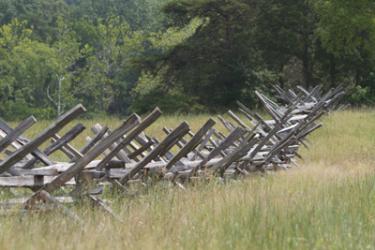
At what point did John Pope realize the true threat to his left? And what did he do at that point?
SP: Not until it was too late to do much about it. In fact, when McDowell was shifting troops to the left to confront Longstreet, Pope incredibly asked him if he were not taking too much from the right.
Longstreet's attack at Second Manassas is usually described as a great victory, but there are arguments that even greater opportunities were missed that day by the Confederate forces. What were those missed opportunities and is the criticism fair?
SP: Clearly there were missed opportunities. John Pope's massing of his army created a true opportunity to do irreparable harm to his army and invited disaster. However, the longer I study the battle, the more I step back and realize that the Army of Northern Virginia was a force in transition. Lee had done some fairly extensive house cleaning after the Seven Days. Gone are people like Whiting, Huger and Magruder. At Manassas, Longstreet has a slate of rookie division commanders in Kemper, Hood/Evans, and Wilcox. They had only begun to learn the ropes as division commanders and the "bigger picture" perspective that goes along with it. Kemper and Evans never did grasp it; Wilcox subsequently got it in his second go around in 1864; and John Bell Hood was certainly successful as a division commander as he proved at Antietam, Gettysburg and Chickamauga.
Those who lacked experience, and face it the war is only in its second year so many did not have experience, did what they learned as regimental and brigade commanders during the first year of the war. When the Texas brigade advanced beyond supporting distance of the rest of Longstreet's wing and was repulsed before the other troops arrived, the supports simply pitched into the fight with little regard for larger perspective consequences on the battlefield. I will have to say that Kemper in particular missed a golden opportunity to take Henry Hill before it was heavily fortified by the Federals. However, his troops fell into confusion when they tried to backtrack and attack the Federals on Chinn Ridge instead of plunging ahead
toward Henry Hill.
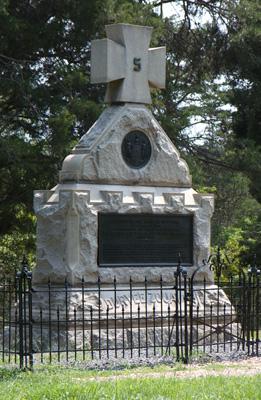
During the writing of this book I understand that you spent a great deal of time walking the ground at Second Manassas. From a preservation point of view, how does the battlefield today compare to its 1862 state?
SP: That's easy - during the war it was known as the "Plains of Manassas." Today it might be name Manassas National Forest and this make interpretation difficult. For example, the Union troops defending Chinn Ridge could see the destruction of Warren's Zouaves and then the Pennsylvania Reserves in the pine thicket. Today, trees have blocked that vista and many others although the park cleared out much of the woods that were blocking the historic vista of Porter's attack against Deep Cut. I think that these Gettysburg style restorations really help the visitor understand what happened and are to be encouraged. I think it would be great to at least partially restore the view shed for Longstreet's attack.
Buy the Book: "Second Manassas: Longstreet's Attack and the Struggle for Chinn Ridge" is available from our Civil War Trust-Amazon Bookstore
A life-long student of military history, Scott C. Patchan is a graduate of James Madison University in the Shenandoah Valley. He is the author of many articles and books, including The Forgotten Fury: The Battle of Piedmont (1996), Shenandoah Summer: The 1864 Valley Campaign (2007), and Second Manassas: Longstreet’s Attack and the Struggle for Chinn Ridge (2011).
Patchan serves as a Director on the board of the Kernstown Battlefield Association in Winchester, Virginia, and is a member of the Shenandoah Valley Battlefield Foundation’s Resource Protection Committee.
(Biography courtesy of Savas Beatie)
Related Battles
14,462
7,387

